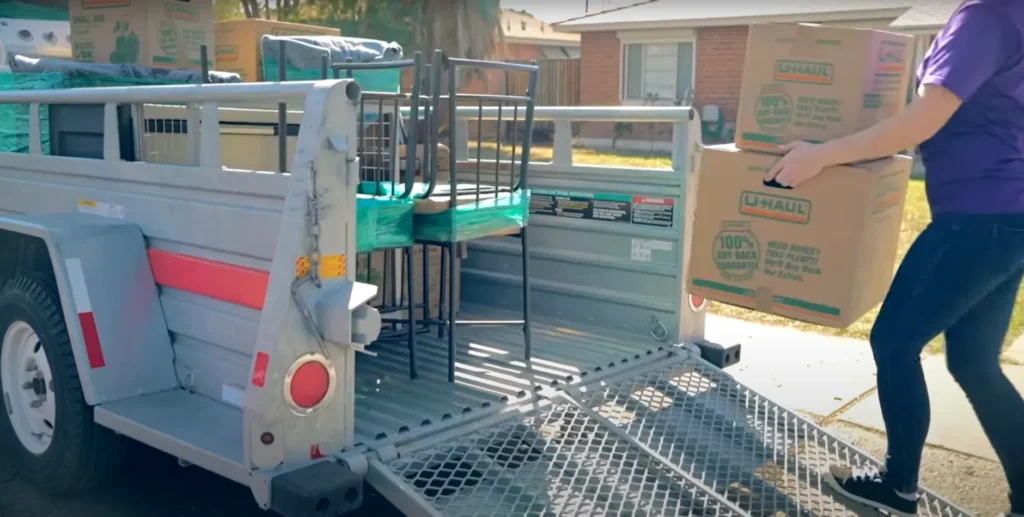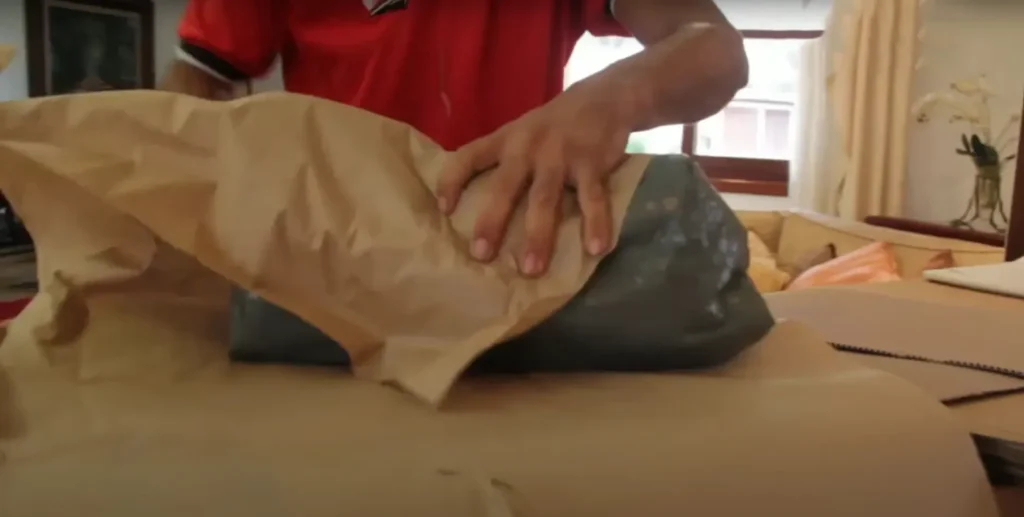Movers in Oceanside, CA
TopFridge Moving Company ensures a seamless and worry-free relocation experience. Our comprehensive services cover everything from packing to delivery.
Complete the form on the left, and our team will reach out promptly!
Tip of the Day
Educational Records - Secure academic transcripts and vaccination documentation from your children\'s schools for enrollment at new institutions.
Certificates

Movers in Oceanside from TopFridge Moving Company deliver reliable and efficient relocation services tailored to this vibrant coastal city, known for its iconic pier and sunny beaches stretching along the Pacific Ocean.
Whether you’re moving within the lively neighborhoods near the Oceanside Harbor or relocating to enjoy the surf culture and historic Mission San Luis Rey, our experienced team handles every detail with precision. We specialize in local movers for short-distance shifts and offer long distance movers for cross-country journeys, ensuring your belongings arrive safely amid Oceanside’s mild Mediterranean climate and rolling coastal hills.
Our commitment to quality includes specialized options like piano movers for delicate instruments and comprehensive packing and unpacking to make your transition seamless. With a deep understanding of Oceanside’s unique geography, from the bustling downtown to the serene Camp Pendleton surroundings, we navigate traffic and parking challenges effortlessly.
Trust TopFridge Moving Company for stress-free moves that respect the city’s rich surfing heritage and community spirit. Contact us today for personalized moving solutions that fit your needs in this beautiful Southern California gem, where the ocean breeze meets effortless relocations. Movers in Oceanside.
Oceanside, CA
- Population: Approximately 175,000 residents, making it a bustling coastal community in San Diego County.
- Area: Covers about 42 square miles, including beaches, harbors, and urban areas.
- Climate: Mild Mediterranean with average temperatures ranging from 60°F in winter to 75°F in summer, featuring sunny days and cool ocean breezes.
- Geography: Situated along the Pacific Coast, with sandy beaches, rolling hills, and proximity to Camp Pendleton, offering scenic views and outdoor recreation.
- Full-service Packing and Unpacking
- Loading and Unloading
- Residential Protection Pads
- Custom Crating
- WhiteGloves
- Fragile-only Packing
- Disassembly and Reassembly
- Storage
- Pre- and Post-move Clean Up Assistance
Step 1:
Request A Free Estimate
It’s completely free. Share your moving needs and preferred dates, and we’ll respond within 24 hours with a detailed quote.
Step 2:
Moving Scheduling
No cost involved. Let us know your relocation preferences, and we’ll coordinate the perfect schedule for your move.
Step 3:
Receive Your Moving Plan
Once scheduling is set, we’ll provide all essential move details to help you prepare effectively for the big day.

Hello, I’m Nicholas Rice, founder of TopFridge Moving Company since 2008. We specialize in nationwide moves, providing full packing, unpacking, and safe storage options. Your items are completely insured for peace of mind. We execute each relocation swiftly and meticulously. Reach us at +1 (888) 711-4778 or visit our office at 5201 Champlain St, Oceanside, California 92056.

Nicholas Rice





Quality moving company the moment you need it
TopFridge Moving Company employs a dedicated team of 110 professionals, including drivers, coordinators, movers, and support staff.
Get your FREE quote today!
No, we do not transport alcohol or other liquids for long-distance moves.
Yes, our team of expert movers specializes in piano relocation. For further information, please visit our Art & Piano Moving page.
Many of our services are more cost-effective when bundled together. Why? This allows us to keep our teams together, giving us cost savings which are passed along to our customers.
Rates may vary depending on demand. For the best rates, book 2-3 weeks in advance.
Tipping is optional but customary. A 15–20% gratuity is common.
Parking tickets for our trucks are not your responsibility.
Yes, we provide green, mobile wooden vaults for storage.
No, lithium batteries or items containing them must be transported separately.








